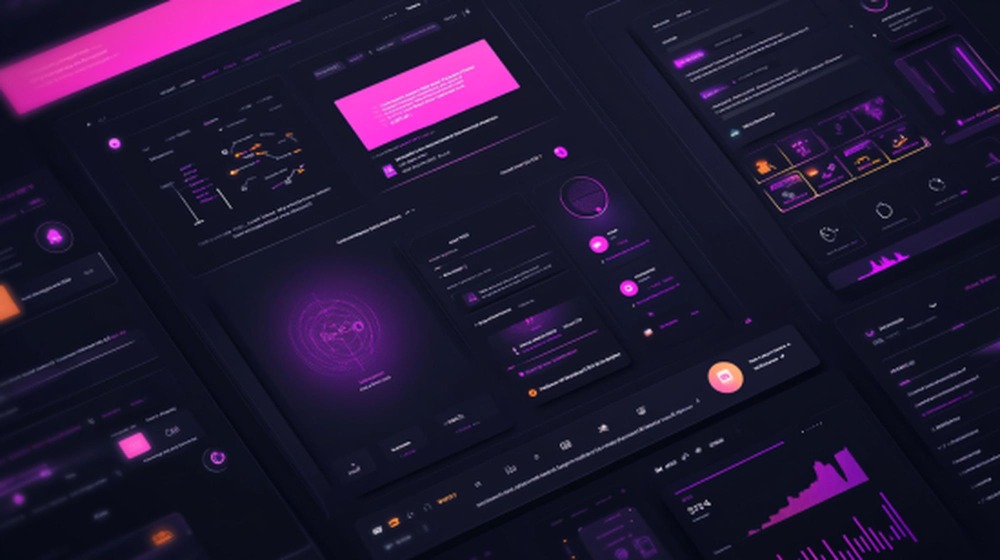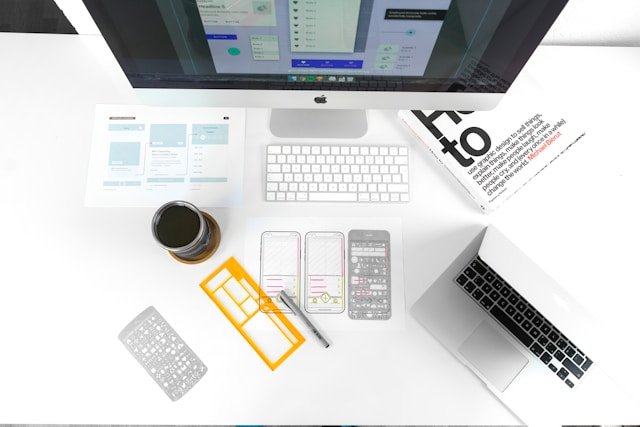User Interface Design: Enhancing Usability and Aesthetics for Optimal User Engagement
A digital product’s success is often determined by the quality of its user interface (UI) design. UI design focuses on the visual and interactive elements of a product, ensuring that users can navigate effortlessly while enjoying an aesthetically pleasing experience. A well-designed user interface can enhance usability, increase user satisfaction, and foster long-term engagement with your product.
What is User Interface Design?
User interface (UI) design is the process of designing the visual layout and interactive elements that users engage with when using a digital product. UI design encompasses the look and feel of the product, focusing on elements like buttons, menus, icons, typography, and color schemes. The goal of UI design is to create a visually appealing interface that is easy to use and aligns with the overall user experience (UX).
Why is UI Design Important?
A well-crafted UI design plays a pivotal role in shaping how users perceive and interact with your product. Here’s why UI design is essential:
- Improves Usability: A clean, organized interface ensures that users can navigate your product without confusion.
- Enhances User Satisfaction: An intuitive design leads to a more enjoyable user experience, increasing satisfaction and retention.
- Strengthens Brand Identity: Consistent UI design reinforces your brand identity and leaves a lasting impression on users.
- Encourages Engagement: A well-designed interface invites users to interact with your product, driving deeper engagement and action.
Key Components of Effective UI Design
Effective UI design relies on several key components that work together to create an optimal user experience. These components include:
1. Visual Hierarchy
Visual hierarchy refers to the arrangement of elements on a page in order of importance. By using size, color, and spacing strategically, you can guide users’ attention toward the most critical areas of the interface, such as calls to action or navigation menus.
2. Consistency
Consistency in UI design involves using uniform design elements across all pages and screens. This creates a cohesive experience and makes it easier for users to learn how to navigate the interface, reducing cognitive load.
3. Responsiveness
With the rise of mobile and tablet use, responsive design has become crucial. A responsive UI adapts seamlessly to different screen sizes and devices, ensuring that users can access and interact with your product regardless of the device they’re using.
4. Accessibility
UI design should consider accessibility, ensuring that the interface is usable by people with varying abilities. This includes providing alternative text for images, designing with color contrast, and supporting keyboard navigation for users who may not rely on a mouse or touch gestures.
Best Practices for UI Design
To create a user interface that is both intuitive and visually appealing, consider the following best practices:
1. Prioritize User Needs
Your UI design should be driven by the needs and behaviors of your users. By understanding how users interact with your product, you can design an interface that meets their expectations and facilitates easy navigation.
2. Keep it Simple
Simplicity is key to creating a usable interface. Avoid clutter and unnecessary elements that can overwhelm users. Focus on delivering a clean and straightforward design that makes it easy for users to find what they need.
3. Use Feedback Mechanisms
Users should receive feedback for their actions. For example, when a user clicks a button, they should see a visual or auditory response that confirms their action was successful. Feedback helps users feel more in control of the interface.
Case Study: Transforming a User Interface
Consider a fitness app that struggled with low user retention due to a cluttered and confusing interface. After a UI redesign, the following improvements were made:
- Introduced a clear visual hierarchy that guided users to the most important features.
- Simplified the navigation, making key features more accessible.
- Improved the responsiveness of the design, allowing seamless use across devices.
As a result, user retention increased by 35%, and user engagement metrics improved significantly, proving the impact of a well-designed UI.
Conclusion
User interface design is a critical aspect of digital product development that directly influences user engagement and satisfaction. A thoughtfully designed UI can improve usability, boost engagement, and elevate your brand’s digital presence. Whether you’re creating a website, mobile app, or software platform, prioritizing UI design will help you deliver a product that users love to interact with.




